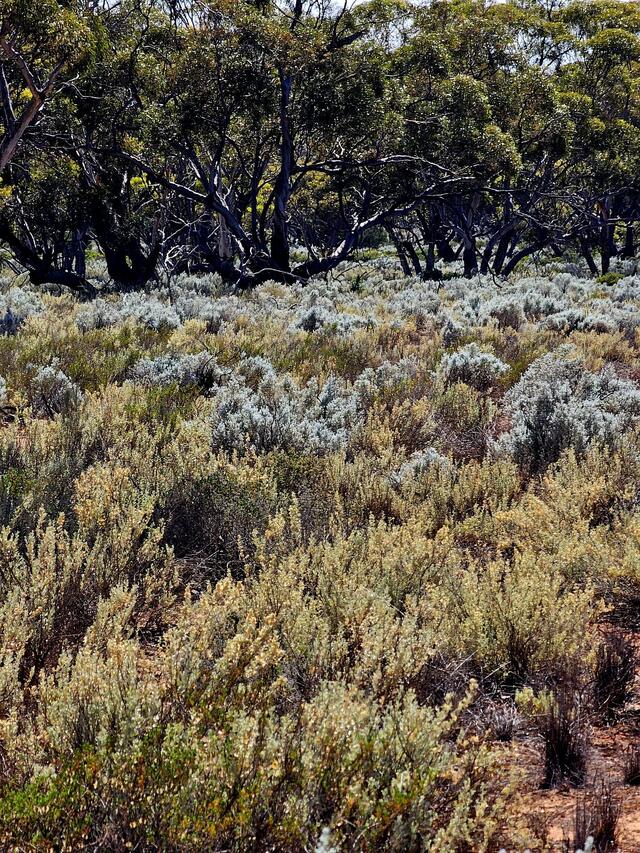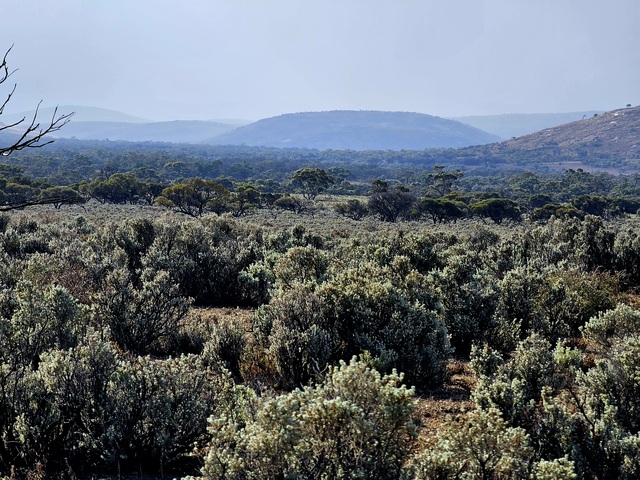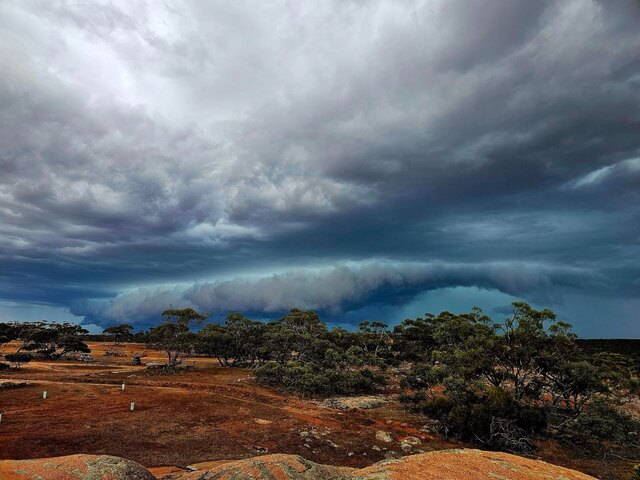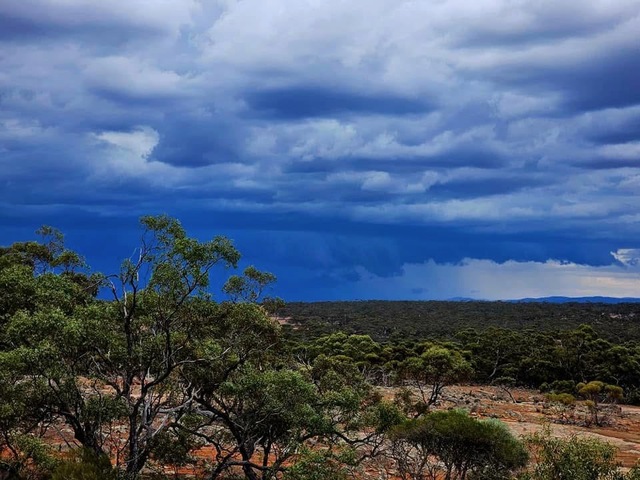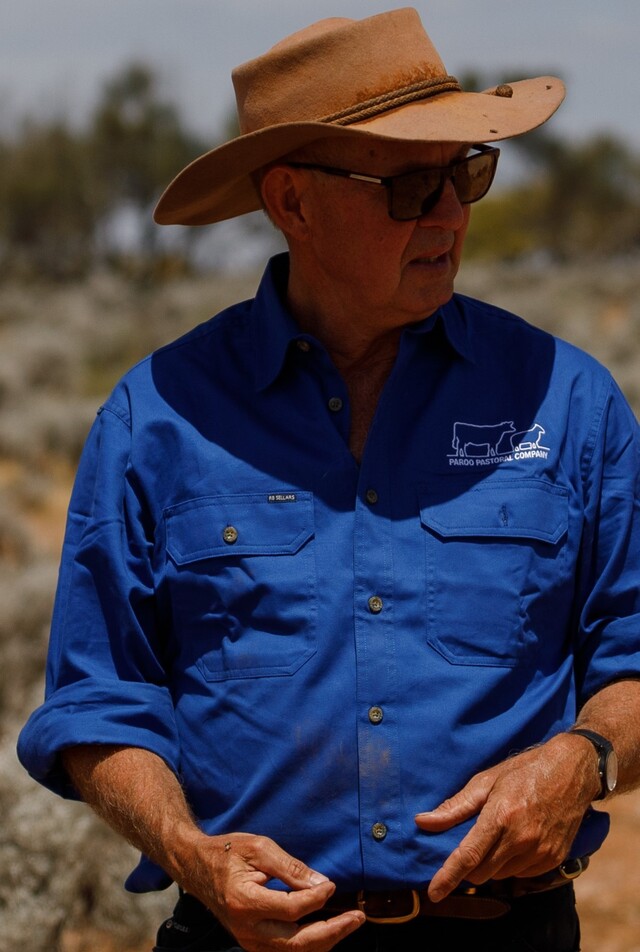
Future-planning, drought-proofing and innovation are all in vogue at Buckleboo Station.
James Kerr knows the effects of drought can be devastating on a farming enterprise.
That is why he has a long-term outlook in place at Buckleboo Station.
The Buckleboo Station manager is dedicated to ensuring his sheep have plenty of water and feed when it will be needed most, through regenerative sheep grazing.
In February 2024 the station decided to sell all its four, five and six-year-old ewes due to the forecast of a dry year ahead.
This decision was made to protect the Buckleboo Station land, James said.
“The major reason for doing regenerative sheep grazing is to build drought resistance,” he said.
“If you can manage a landscape so you’re getting the property pastures to an optimum before the next major drought, it allows you to manage through that drought.
“The next major drought will be approximately 2031 to 2032 and my objective is to get Buckleboo Station pastures to their optimum before that period and to give it the best chance of succeeding.”
In 2020, after a three-year drought had heavily impacted the productivity at Buckleboo Station, it was decided to commission the design of a detailed five-year Ecologically Sustainable Rangelands Management Environment plan.
In conjunction with Contour Consulting, Buckleboo Station prepared the plan which would work alongside its existing business plan.
“This is a new way of planning as far as the pastoral industry is concerned,” James said.
“Contour Consulting has used satellite imagery and GPS mapping to locate and develop strategies to solve these key issues across the station.
“Additionally, as part of the initial commencement of the ESRM Environment Plan, we used an innovative mapping process to locate deep underground water using electromagnetic data sets.”
Buckleboo Station fast-tracked this plan and was able to produce more lambs in a short time frame, which championed innovative and industry leading regenerative grazing processes.
Since the plan has been fast-tracked Buckleboo Station has also gone from set stocking to long rest grazing, with the dorper ewes running in one mob and the station subdivided into six grazing areas of about 40,000 acres, with each area grazed for three months before a 15-month rest.
In 2021 the Emissions Reduction Fund approved a large carbon project which was managed by Australian Integrated Carbon, with more than a million tonnes of carbon sequestered for Buckleboo Station.
“More fencing will be constructed in the future to control the grazing of livestock,” James said.
“Our key action is managing the carbon project with long rest grazing and not destocking the carbon project areas.”
James said one of the most important tools that all pastoral properties should have is to know what their 100-year average rainfall is.
“If people are having an average rainfall year and their property is bare, that’s not rainfall, it’s management,” he said.
“People should know their 100-year average rainfall, weather pattern and plan accordingly.”
To underline the focus Buckleboo Station had on sustainable agriculture in 2024, it was presented with the State Landcare Award for Sustainable Agriculture and will represent SA for the national award to be announced in September.
When he looked to the future, James hoped to split the six paddocks at Buckleboo Station in half once again.
Buckleboo Station is also in the process of being able to develop a detailed water management plan to ensure better water catchment management.

